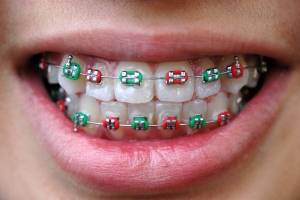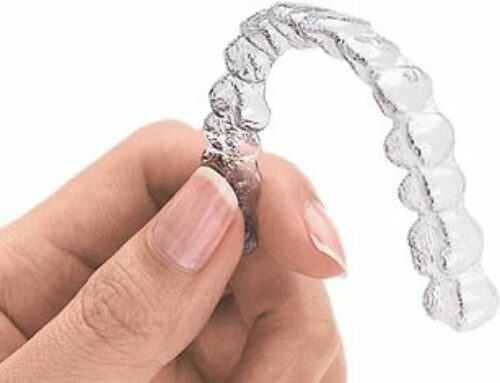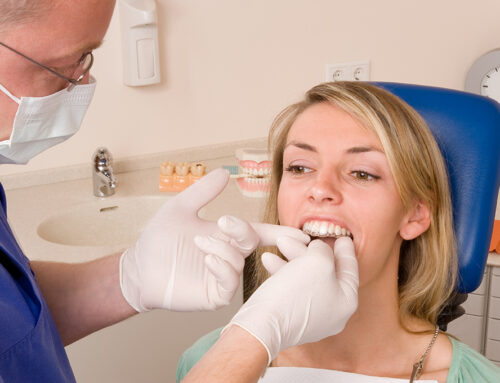 Once you’ve made the decision to get braces for you or your child, the next question is how to pay for them. Braces cost Americans between $3,000 to $7,000. Covering the cost can look like a daunting task, but, fortunately, there are a number of options available. Here are some of the options for braces or Invisalign in Redding.
Once you’ve made the decision to get braces for you or your child, the next question is how to pay for them. Braces cost Americans between $3,000 to $7,000. Covering the cost can look like a daunting task, but, fortunately, there are a number of options available. Here are some of the options for braces or Invisalign in Redding.
Insurance
Not all dental insurance plans cover orthodontics—some only cover children’s orthodontics. Additionally, the plan may require a waiting period before orthodontic treatment begins. It’s important to shop for plans early.
The California health insurance exchange, Covered California, provides dental plan options to members who have already purchased health insurance through them. While basic dental care for children is automatically included in health insurance plans through Covered California, orthodontic care is not, which means you will need to purchase the add-on dental plan. If you have health insurance through another source, such as an employer-sponsored plan, you can check their dental options. There again, orthodontics will likely require supplemental insurance.
It’s important to do a cost-benefit analysis on your dental plan by adding up the dental premium costs for the wait period, as well as for the time during treatment, and comparing that with the amount the plan promises to cover. Most policies cover only 25 to 50 percent of the cost for braces or Invisalign. Make sure you’re not paying more for insurance than you’re paying for the orthodontic treatment.
HSA
An HSA is a health savings account. If you purchase a high-deductible health plan (HDHP), you can qualify to sign up for one of these. HSAs can save you money three ways. First, you can put money into them before taxes. Second, you can withdraw money to pay for qualified medical expenses, also tax-free. And third, you can earn interest. Some HSA accounts even provide mutual fund options. If your tax rate is 15 percent, you’re getting a 15 percent discount on qualified medical expenses! According to the IRS, orthodontic treatment is considered a qualified medical expense if it’s being done to prevent or alleviate dental disease. In most situations, that is the case.
With an HSA, you’re not locked into getting a certain plan. You can compare rates from different banks and credit unions for the best plan. HSARates.com is a great website for comparing HSAs. Just put in your state and contribution amount ($1,000 or above) and browse the plans.
Payment Plan
Orthodontists are aware of the limited insurance options available to patients. For that reason, many orthodontists offer discounts for up-front payments or affordable payment plans that spread the cost throughout the treatment. Ask your orthodontist’s office for an overview of the options they provide.
Braces may not be as out of reach as you once thought. If you’re able to find an insurance plan that covers some of your cost or if you’re able to pay for orthodontic expenses with an HSA or if you’re able to set up an affordable payment plan, your braces or Invisalign treatment in Redding will be within reach.






